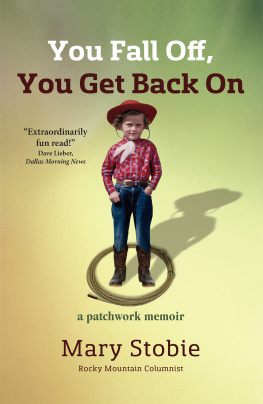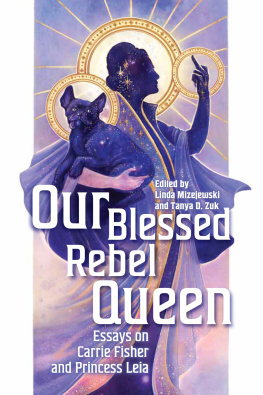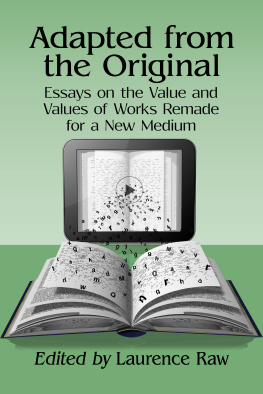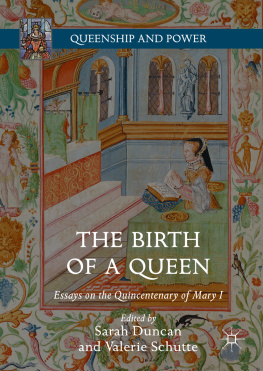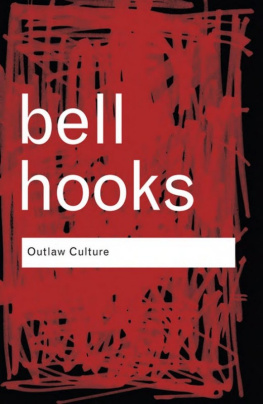ICON
Edited by Amy Scholder

Published in 2014 by the Feminist Press
at the City University of New York
The Graduate Center
365 Fifth Avenue, Suite 5406
New York, NY 10016
feministpress.org
Introduction copyright 2014 Amy Scholder
Selection and compilation copyright 2014 Amy Scholder
Individual copyrights retained by contributors.
All rights reserved.
This book was made possible thanks to a grant from New York State Council on the Arts with the support of Governor Andrew Cuomo and the New York State Legislature.

No part of this book may be reproduced, used, or stored in any information retrieval system or transmitted in any form or by any means, electronic, mechanical, photocopying, recording, or otherwise, without prior written permission from the Feminist Press at the City University of New York, except in the case of brief quotations embodied in critical articles and reviews.
First printing October 2014
Cover design by Drew Stevens
Text design by Suki Boynton
Library of Congress Cataloging-in-Publication Data
Icon / edited by Amy Scholder.
pages cm
ISBN 978-1-55861-866-4 (paperback) ISBN 978-1-55861-867-1 (ebook)
1. Authors, AmericanBiographyHistory and criticism. 2. Women authors, American20th centuryBiography. 3. Women musiciansUnited StatesBiography. 4. Biography as a literary form. I. Scholder, Amy, editor.
PS129.I36 2014
.608dc23
2014027419
for evy scholder
in loving memory
Contents
Introduction by Amy Scholder
On a hot day in June of 1969, I was riding in the backseat of a brown Buick Riviera, going down Interstate 5, moving from San Francisco to Los Angeles with my family. I was six years old. It was the day after Judy Garland died. As the radio announcer reported the tragedy, my mother wept in the front seat, her sense of loss palpable though incomprehensible to my sister and me, who had yet to cathect onto celebrities as loved onesanother kind of family.
We settled into our Encino home, a quiet suburb located close to townwhat Los Angelenos still call the vast sprawl. Dining at a chic bistro with the promise of star sightings became a family tradition. My parents were pleased with themselves that our standard of living had risen considerably with this move. My father was dedicated to working and making money; my mother became a full-time homemaker. Stacy, my older sister, threw herself into a competitive third-graders social world, while I stayed at home with my mom, shy and awkward around other kids. We sat by the pool every day that first summer. It was blisteringly hot and dry.
Then, on August 9, the Manson Family murdered Sharon Tate, Abigail Folger, Jay Sebring, Voytek Frykowski, and Steven Parent in a Benedict Canyon mansion. The next night, Rosemary and Leno LaBianca were killed in their Los Feliz home. A media frenzy ensued. While early conspiracy theories blamed the violence on organized crime, then later on a drug ring, it became increasingly evident that these crimes were committed by a cult-like group led by a charismatic leader who looked and talked like a hippie.
What captured my attention was the fact that the murders had been committed primarily by women. Images of the Manson girls were plastered on every TV broadcast and newspaper front-page for months during the 1970 trial. All but one was sentenced to life in prison. Linda Kasabian, nine months pregnant at the time of the Sharon Tate murders, had traded family secrets for her freedom.
I remember being transfixed by the Manson girlstheir dirty peasant dresses hanging off their wiry frames, the Xs carved into their foreheads, the vacant expressions of their mug shots, their disruptive presence during the trial. I knew I was supposed to find them repellent, but I secretly enjoyed imagining their livestaking drugs and having sex on a ranch in the middle of the desert or at a celebrity home in Topanga Canyon, practically in my own backyard. I was especially fascinated by Linda Kasabian, the one who saved her own life.
The Manson girls were the first public figures to make an impression on me, to make me think about the world outside suburbia. They made me realize that girls could reject the values they were raised with, that some girls went over the edge of acceptable behavior. My attraction to them was confusing, a little embarrassing. I didnt talk about it. It felt related in some way to the other secret I keptthe one about those queer feelings I had but didnt know how to articulate, or with whom to identify.
As I got older, I started to read books about that eraVincent Bugliosis paranoid Helter Skelter , Ed Sanders insider-y The Family , Joan Didions evocative The White Album . I would look for details about the girls or their lives, hoping to make sense of my fascination. But often, when Id scratch the surface Id only find more surface.
Public figures easily become symbols, ideas, icons. But the fascination doesnt diminish. What Ive come to realize is that in looking for them, I look for myself as well. As I deepen my knowledge of the women of that era, I deepen my understanding of this formative time in my life.
Suddenly no one in the suburbs felt safe anymore, especially in Los Angeles. My mother and I continued to sit by the pool every day, but her pleasure that summer was mitigated by fear. Perhaps she was uneasy, gripped with anxiety about the changes that were occurring in and around our lives. I absorbed the sense that nothing could protect us, but I was also drawn to the world that was dangerous and swirling out of control.
We tell ourselves stories in order to live, wrote Joan Didion at the beginning of The White Album , in which, among many stories, Didion tells hers about getting to know Linda Kasabian. For Didion, the late 1960s was a time when the imposition of a narrative line that could once make sense of the world started to fall apart. All her expectations for order had imploded. It was a time when violence entered peoples lives in the form of the Manson murders, the Vietnam War, assassinations, and politically motivated bombings in major cities on a weekly basis. I began to doubt the premises of all the stories I had ever told myself, Didion wrote.
Having grown up in the 1970s, I never expect things to line up in a narrative that makes sense of the world. Nonetheless I search for meaning, and often I construct that meaning through the stories of other people. I frame my own story by the icons who have pervaded my consciousness at crucial times in my life. Theres some affinity, challenge, desire that underlies my fascination. Its not always clear to me why Im drawn to particular public figures, but Im learning to find pleasure in that uncertainty.
A few years ago I spent an evening with Elizabeth Wurtzel, who is perhaps best known for writing books and essays about herself. It was my first time meeting her, and I was hoping to talk about working together on something for the Feminist Press. I have not seen or spoken with her since, but a conversation we had that evening stayed with me. Elizabeth told me a story about a book she never wrote.
A corporate publisher was planning a series of short biographies by famous writers, and they asked her to propose a subject. She wanted to write about Amy Winehouse. Apparently the publisher was not interested. Elizabeth didnt say exactly why they turned her down, but just that it wasnt going to happen because Amy Winehouse was not the kind of subject they had in mind.


